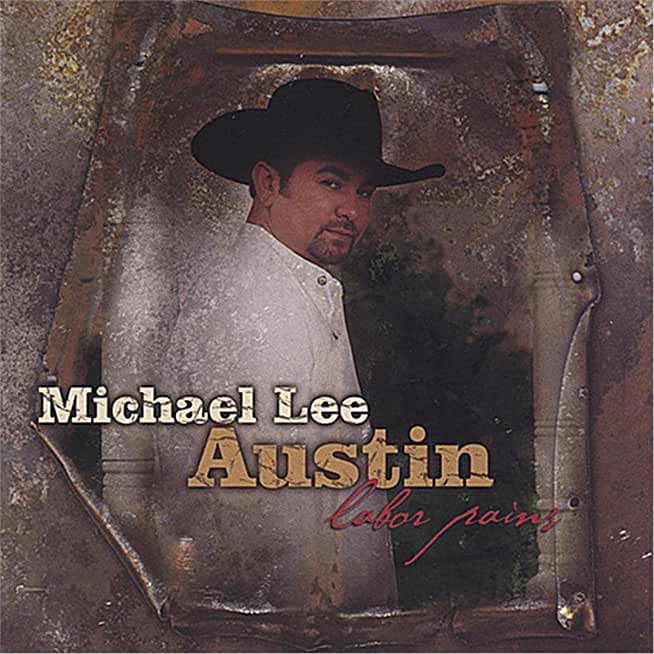
Emling, Shelley
product information
description
old when, in 1811, she discovered the first dinosaur skeleton--of an ichthyosaur--while fossil hunting on the cliffs of Lyme Regis, England. Until Mary's incredible discovery, it was widely believed that animals did not become extinct. The child of a poor family, Mary became a fossil hunter, inspiring the tongue-twister, "She Sells Sea Shells by the Seashore." She attracted the attention of fossil collectors and eventually the scientific world. Once news of the fossils reached the halls of academia, it became impossible to ignore the truth. Mary's peculiar finds helped lay the groundwork for Charles Darwin's theory of evolution, laid out in his On the Origin of Species. Darwin drew on Mary's fossilized creatures as irrefutable evidence that life in the past was nothing like life in the present. A story worthy of Dickens, The Fossil Hunter chronicles the life of this young girl, with dirt under her fingernails and not a shilling to buy dinner, who became a world-renowned paleontologist. Dickens himself said of Mary: "The carpenter's daughter has won a name for herself, and deserved to win it." Here at last, Shelley Emling returns Mary Anning, of whom Stephen J. Gould remarked, is "probably the most important unsung (or inadequately sung) collecting force in the history of paleontology," to her deserved place in history.
member goods
No member items were found under this heading.
listens & views

SOUNDS OF EARTH: BIRDS IN ...
by SOUNDS OF EARTH: BIRDS IN RAINFOREST / VARIOUS
COMPACT DISCout of stock
$10.49
Return Policy
All sales are final
Shipping
No special shipping considerations available.
Shipping fees determined at checkout.






